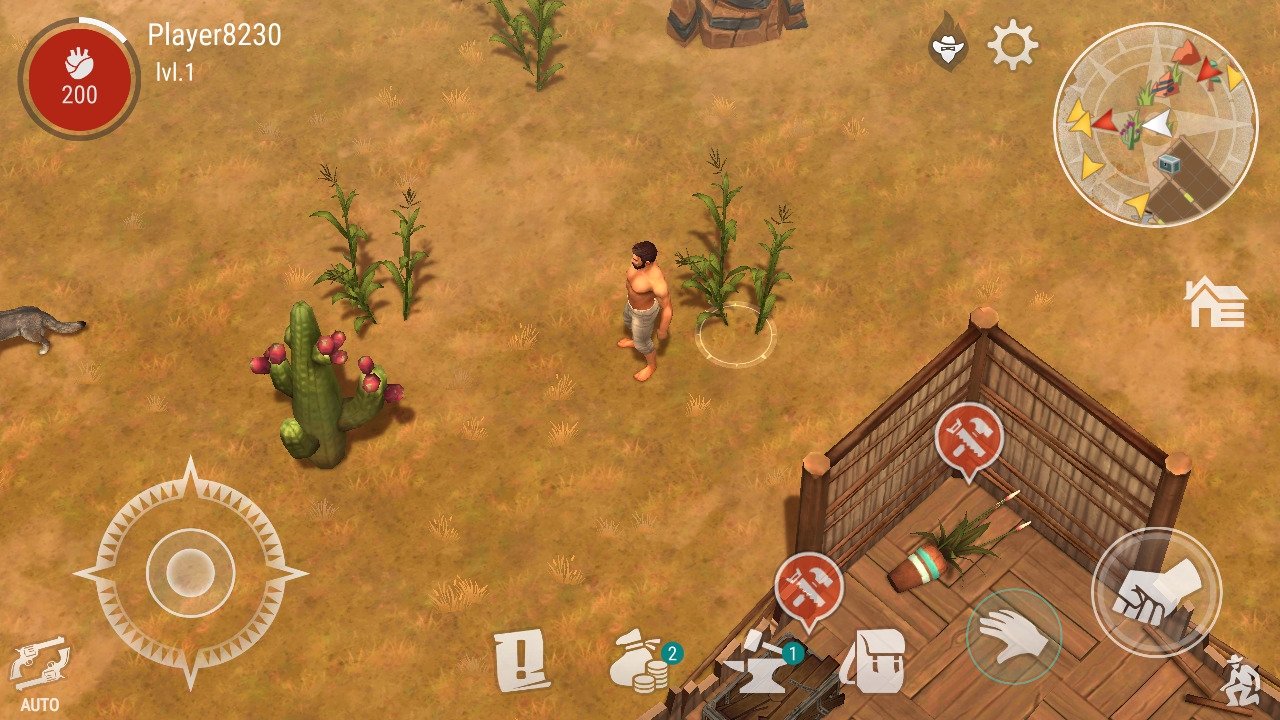

A common manifestation of this is an almost instantaneous decision to donate without any actual request or process of informed consent. Often it is the simple fact that live donor transplantation offers the recipient the best chance of normal or near normal life that creates this powerful pressure. Failure to meet any of these obligations can lead to strains affecting the donor, the recipient and their associates.3 We know for example that prospective donors and their families feel strong internal and external pressure to donate. However, this is too simplistic and it has long been recognised that the transaction between donor and recipient takes place within a complex network of interpersonal relationships including families and health professionals and that “a complex exchange occurs through which considerably more than the organ is transferred”.2 The gift of organs for transplantation occurs within a paradigm of ‘symmetrical and reciprocal’ obligations to offer and give to receive and accept to seek and find an appropriate way to repay. Living donor transplantation is predicated on the simple concept of a gift freely given without coercion or any thought for reparation. This is an important initiative because the demand for kidney transplantation far exceeds the supply of donated organs. Live donation is now accepted to the extent that the Ministry of Health is supporting a nationally coordinated programme to promote living donor transplantation and increase the number of transplants. Live donor transplants are now well established in New Zealand and account for nearly half of all kidney transplants.1 This is partly because of low rates of deceased-donor transplantation in New Zealand in comparison to other developed countries but also because of active promotion of living donation by transplanting centres as the best option for prospective recipients. However, as the risk of graft failure from rejection or technical complications and the risks of donor surgery have reduced, the practice has become more widely accepted and extended to donation by emotional relatives, especially spouses, and subsequently to the acceptance of well-motivated strangers-also known as altruistic or non-directed donors.

Initially, live donor transplantation was exclusively between blood relatives, and the health professionals involved often felt ambivalent about encouraging gifts of organs by living donors and about their own role in the process.

Donors report that the act of giving enriches their lives and improves their self-esteem. Society benefits because transplantation is cheaper than dialysis and living donation potentially frees deceased donor kidneys for recipients without realistic prospects of finding a living donor. Recipients of live donor transplantation have a better chance of survival and of good kidney function than after deceased donor transplantation, and also a realistic prospect of preemptive transplantation before the need for dialysis. The benefits of kidney transplantation from living donors are substantial for the recipient, for society and arguably for the donor.


 0 kommentar(er)
0 kommentar(er)
